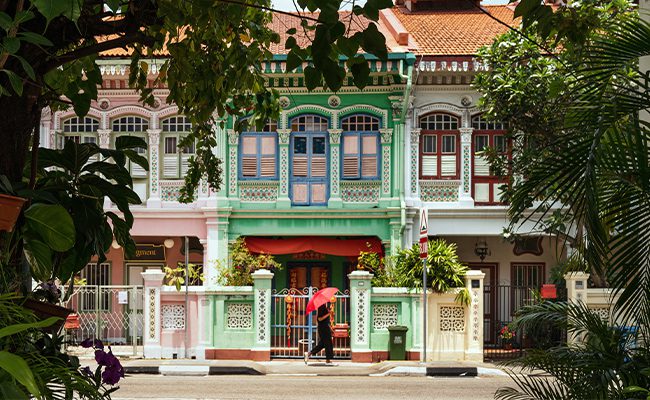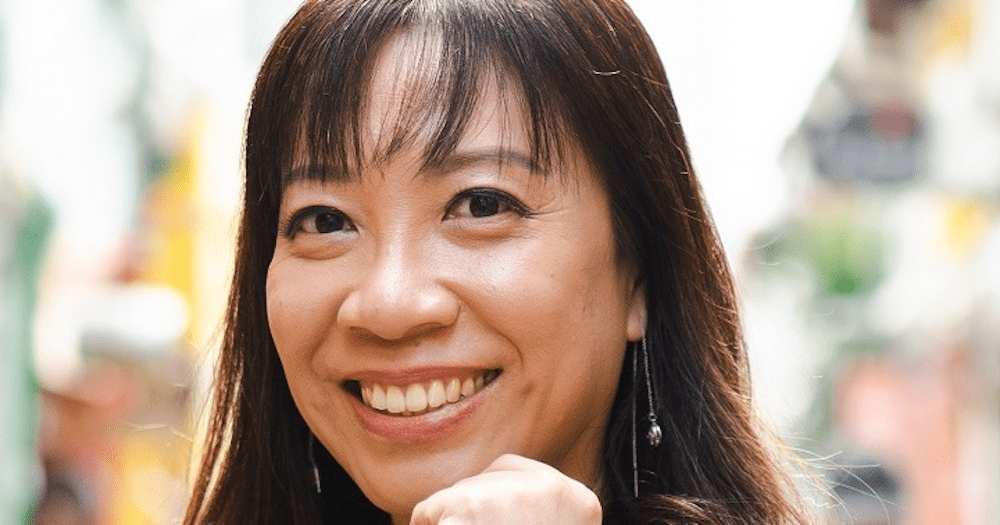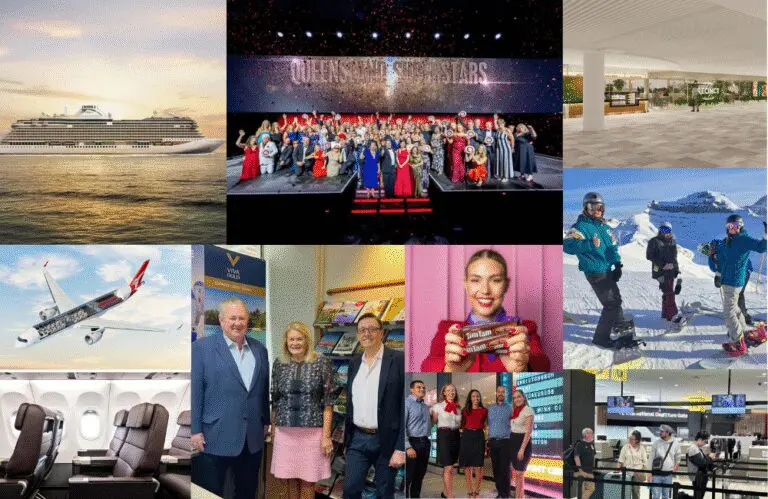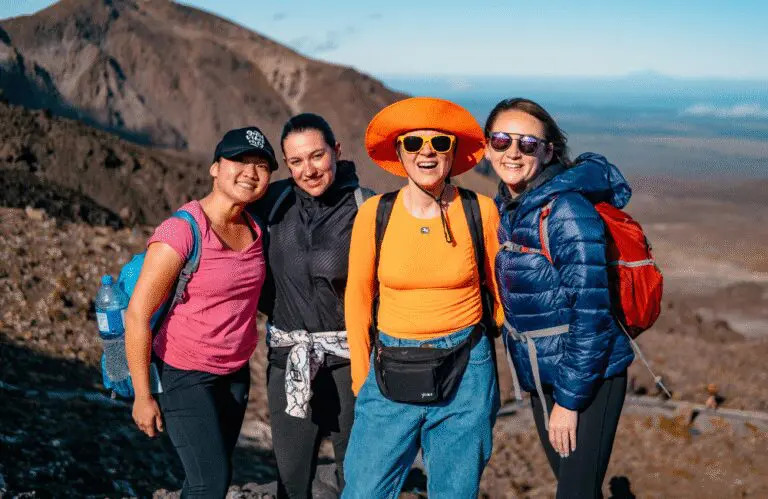Singapore’s hard line on tackling Covid-19 – the country only removed all pandemic border rules last month – may have led many to believe it had put tourism on the back burner. But what was actually going on in the country was quite the contrary. In an interview with Karryon, Singapore Tourism Board Area Director Oceania Stephanie Yong said that it wasn’t in Singapore’s nature to “rest on its laurels”.
“When most of the world ground to a halt during the pandemic, Singapore continued to innovate and transform, welcoming new tourism offerings from hotels to attractions, bars and experiences,” she said of the city “that constantly reinvents itself”.
“[Some] examples include Dusit Thani Laguna – a luxury urban golf resort just 10 minutes away from Singapore Changi Airport, the Museum of Ice Cream – the first international branch outside of the US, and Analogue – a plant-based, sustainable bar.”

Other new and enhanced experiences that Singapore has welcomed over the past two years include The Peranakan Museum, Children’s Museum Singapore, Singapore Sidecars (“a great and fun way of seeing the city”), and multiple experiences on Sentosa island such as the Central Beach Bazaar and Skyhelix.
Elsewhere, tour operators introduced new tours like the Seadog Kayak Sailing Tour by Kayak Fishing Fever and Hawker Fare: Little India Street Food Tour.
The Aussie factor
Now that it is fully open, authorities expect tourism to continue its comeback at a quicker pace – including from the “key market” of Australia.
“It has long been a key gateway for Aussies embarking on long-haul travel to Europe and beyond, but Singapore has also cemented itself as a sought-after mono destination as well,” Yong said.

“The average length of stay increased from 3.4 days in 2019 to 4.8 days in 2022, due to the destination constantly evolving and reinventing itself – making it a destination Aussies want to keep coming back to.”
According to Yong, Australia was the fourth largest source market for visitors in 2022, and Aussie travellers generated the third most tourism revenue behind Indonesia and India (from January to September).
Singapore welcomed 6.3 million visitors in 2022, which was around a third of that recorded in 2019. But it did exceed its forecast and expects to double that figure this year to between 12 and 14 million visitors on the back of “increasing flight connectivity and capacity, and more product offerings and experiences to come”.
“Barring unexpected circumstances, tourism activity is expected to recover to pre-pandemic levels by 2024,” Yong told Karryon.
The Singaporean also lauded the travel trade, saying it continued to be “an integral sector the Board collaborates with, to ensure that consumers are across Singapore’s new destination offerings”.
“Efforts in educating the trade through webinars, updates and famils, will therefore continue through the coming year and beyond,” she said.
Big steps, small footprints
Yong also spoke to Singapore’s green credentials, describing the Southeast Asian nation as “a City in Nature”.
“The city is also striving towards being one of the world’s most sustainable urban destinations, where large experiences come with small footprints,” she remarked.
Singapore was recently certified as a sustainable destination based on the Global Sustainable Tourism Council (GSTC)’s Destination Criteria after being the first to apply for the certification process on a country level.
The news came after the island state launched the Singapore Green Plan 2030 in 2021 – a move to make Singapore an even greener and more sustainable city.

“For the tourism sector in particular, the Tourism Sustainability Strategy outlines actionable strategies to set clear targets for tourism businesses,” Yong said.
“For example, the Hotel Sustainability Roadmap launched in March 2022 is a collective effort amongst Singapore hotels that sets out targets and strategies for them to adopt in their sustainability journey, while Singapore’s trade association for the business events industry – SACEOS (Singapore Association of Conference and Exhibition Organisers) – is also working to align their MICE sustainability certification with internationally-recognised standards.”
How you can help
Visitors can do their part by using Singapore’s excellent public transportation system whilst visiting.
“The easiest way to see the sights is via Singapore’s efficient and affordable MRT (Mass Rapid Transit) system, which is one of the fastest ways to zip around the city,” Yong said.
“Most of Singapore’s popular attractions are just a short walk away from an MRT station, making the trains a great way to get around.
“Singapore’s bus system is another way to explore. It encompasses an extensive network of routes covering most places in Singapore. You can purchase 1, 2 or 3-day stored-value cards or cards that you can top up, and these are for travel on both the MRT as well as the buses.”
For more information, visit www.visitsingapore.com/en.







